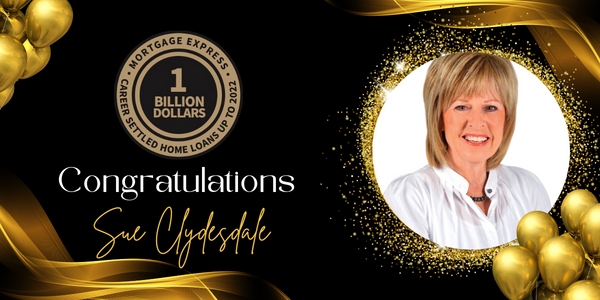
As home ownership rates in New Zealand decline, many first home buyers find it increasingly challenging to secure a place of their own. Shared home ownership has emerged as a possible solution, offering a more affordable pathway to owning a home. Read on as we explore three different types of shared home ownership available in New Zealand, weigh up the pros and cons of each, and provide tips on what to look out for.
What is shared home ownership?
Shared home ownership is a model where a housing provider partners with a first home buyer by contributing equity or providing land, making it easier to buy a property with a reduced deposit and more manageable loan repayments. The partnership usually involves local or central government, charitable organisations, or other financial institutions.
Shared equity
In a shared equity arrangement, a third-party housing provider, such as the New Zealand Housing Foundation and certain iwi-led organisations, contributes the shortfall needed for a home deposit. This allows buyers to secure bank lending with a lower deposit, typically around 5-10%. Both the buyer and the equity provider share ownership of the home and, consequently, any capital gains. Over time, the buyer can repay the provider’s portion, eventually owning the home outright.
Pros:
- Allows you to buy a first home with a shared equity provider with as little as 5% deposit.
- Work towards full ownership buying back shares in your home over time as your finances allow.
- Save on interest charges with no additional Low Equity Margin (LEM) added to your loan
Cons:
- Lender eligibility criteria, home loan lending criteria and terms and conditions still apply so you must be home loan ready.
- You don’t own the property fully until you’ve paid back your share of the funding provided by the shared equity provider.
- If you want to sell, you may need to get permission from the shared equity provider.
Rent-to-own
These types of schemes allow tenants to rent a property with the option to buy it at an agreed price after a set period. This model can help prospective home buyers transition from renting to owning, by giving them time to save for a deposit while living in the home they intend to buy.
Pros:
- An ideal starting point if you aren’t quite ready for shared ownership.
- Live in the home while you’re saving up the deposit to buy it.
- Switch to a shared ownership programme later and work towards owning your home completely.
Cons:
- Rental payments could potentially be higher than market rates.
- The agreed purchase price might exceed the market value by the end of the rental period.
Co-ownership
Co-ownership is when two or more people, often friends, family or business associates, pool their resources – income and deposits - to buy a property together. Each person owns a portion of the property, and the shares can be equal or unequal based on their contributions.
Pros:
- May be able to buy a bigger or more expensive property with improved borrowing capacity.
- Lower individual costs as both the mortgage and other expenses are split amongst co-owners.
Cons:
- May not always agree with other co-owners and could be conflicts over property management.
- Complex agreements when it comes to selling or transferring ownership.
A viable option for first home buyers
While shared ownership models offer alternative pathways to home ownership, they also come with challenges. It’s important to understand the benefits and pitfalls of each option before deciding which is right for you.
Working with a Mortgage Express mortgage adviser can provide valuable guidance while navigating the complexities of shared home ownership. Our advisers are experienced in working with first home buyers and can help you explore the options available to you.
Contact us today to find out more about how we can assist you in your journey to home ownership.



